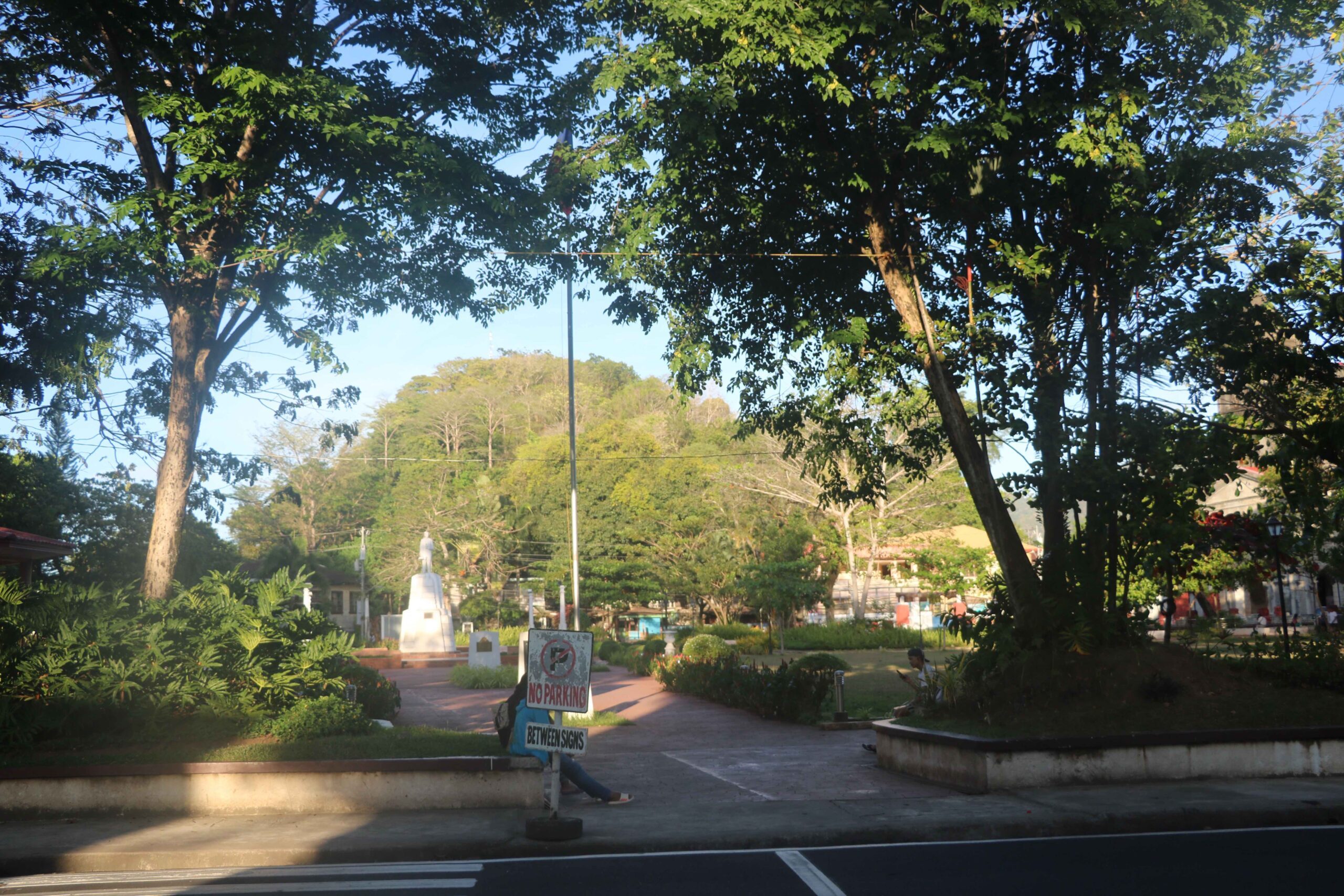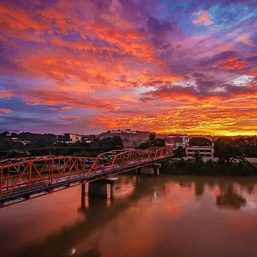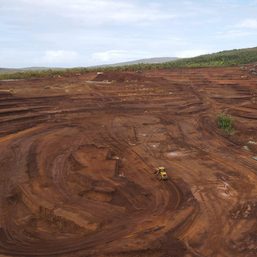SUMMARY
This is AI generated summarization, which may have errors. For context, always refer to the full article.

DAPITAN CITY, Philippines – Dapitan City Mayor Seth Frederick Jalosjos ordered the immediate creation of a multi-agency committee to investigate the diggings at the foot of Ilihan Hill, where the Spanish “El Fuerte de Dapitan (Fort of Dapitan)” once stood.
“Ilihan is one of our heritage sites. Remnants of the El Fuerte de Dapitan still remain on that hill and we have been preserving the old cannons used to defend it,” Mayor Seth Frederick Jalosjos told Rappler on Saturday, March 16.
“The diggings are a desecration of the sanctity of Ilihan and the identity of Dapitanons. I will send to jail whoever destroys our community,” he added.
Backlash against the diggings started last week when Elmer Carreon, a Dapitanon residing in the United States, posted on Facebook a video clip of a tunnel. Ilihan has an estimated elevation of 60 meters.
Carreon also asked how Geracleo Jatico Jr., owner of the lot where the diggings are conducted, was able to acquire a title of the land when Ilihan is supposed to be a heritage site and a military reservation.
Carreon said the Department of Environment and Natural Resources (DENR) has to answer why public lands, protected areas, and forest areas were converted into disposable and alienable lands and disposed of to private owners.
Cristina Ondac, a resident near the diggings, said Jatico already has nine tunnels.
She called on the local government to intervene, fearing that the hill may end up collapsing, and in effect compromise the safety of the hundreds of residents below.
Reason for digging in question
In creating the investigation panel, Jalosjos plans to invite the Mines and Geosciences Bureau (MGB) so that it can look into the tunnels, and the City Environment and Natural Resources Office (CENRO), so it could shed light on why Jatico was able to get title of the land at the foot of Ilihan.
“Actually, the diggings seem to be the work of treasure hunters and the diggings may already have compromised the integrity of the hill,” Jalosjos said.
Chairman Clifford Hamoy of Barangay Potol – one of the two villages where Ilihan is located – doubts the diggings are merely for treasure hunting.
Hamoy told Rappler the depth of the biggest tunnel, which supposedly has electrical wirings and air hoses to pump oxygen into the tunnel, could reach 20 meters.
“I don’t think it is intended to look for buried ring or bracelet,” he said. “Maybe they are already on small-scale mining.”
But Jatico, who already has an existing house nearby, insisted he is just building a house where the tunnel is his bedroom.
Asked why he has to dig nine tunnels, Jatico said it is because his house has many rooms.
Jatico’s parents were known treasure hunters. In the 1970s, they were able to dig up a dozen of small “tibud” (ancient jars) at the opposite side of Ilihan, and sold it to buy a balloon tire bicycle.
History
The foot of Ilihan was used as a burial ground. It was a practice of early Dapitanons, either Subanens or Bol-anons, to bury “treasures” with their dead.
Hamoy said that the largest tunnel used to be a small cave, on which a Dapitan myth said treasures were hidden by Bol-anons led by Datu Pagbuaya in 1523.
According to Marianito Luspo, a historian at the Holy Name University in Tagbilaran City, Dapitan already existed as a flourishing “Kedatuan (Malayan for kingdom) of Dapitan” in Panglao, Bohol, in the 13th century.
Citing the chronicles of Jesuit missionary Francisco Combes in the 17th century, Luspo said what was then the Kedatuan of Dapitan led by brothers Pagbuaya and Dailisan got into a war with the Kingdom of Ternate in Indonesia.
“After Dailisan died in one of the initial battles, and seeing their kingdom difficult to defend, Pagbuaya and his followers of 80 families abandoned Panglao and transferred to where Dapitan is now and settled at the hill later named Ilihan, one of the Pagbuaya’s relatives, an made it their stronghold,” Luspo added.
Rex Hamoy, a historian at the Jose Rizal Memorial State University in Dapitan, said that when Spanish colonizers arrived in 1565, they fortified Ilihan, and built military structures and perhaps the first of the four churches built in Dapitan.
The entire Dapitan can be seen from the top of Ilihan, including the whole stretch of Dapitan Bay – from the Pulaoan point in the west, where the shipping port existed even before the Spanish colonizers came, to Tag-ulo point in the east, known by Spanish sailors as Cape of Mindanao (the heart of Mindanao).
Now Ilihan is promoted by the city government as a tourist attraction, although it still needs a lot of restoration and preservation effort. – Rappler.com
Add a comment
How does this make you feel?
![[OPINION] From ‘Puyat’ to ‘Tulog’: Clout-chasing street signs disrespected history](https://www.rappler.com/tachyon/2024/07/gil-puyat-july-26-2024.jpg?resize=257%2C257&crop=389px%2C0px%2C1080px%2C1080px)




There are no comments yet. Add your comment to start the conversation.